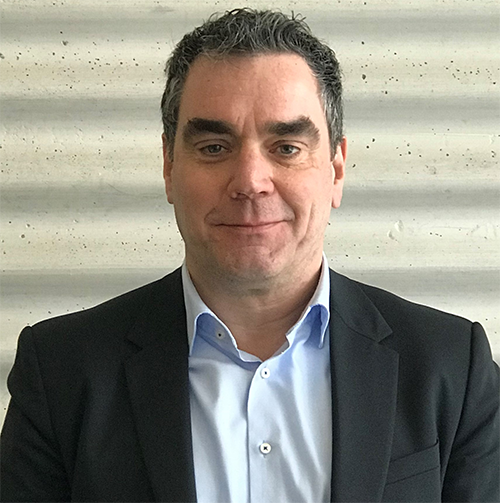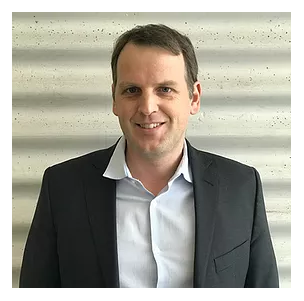Leonteq has expanded its collaboration with OpenMetrics - a spin-off of ETH Zurich - and LIXX as an index calculation agent to launch two new products on the topic of downside protection targeted at retail investors.
The actively managed certificate (AMC) is linked to the Openmetrics-Jimag Global Equity Regions Stability Index - available via LIXX Index Innovation Deutschland - and tracks a systematic equity index offering exposure to a global stock portfolio. It also offers an integrated airbag against significant losses in the event of severe market downturns.
We haven’t seen anything comparable in the market - Felix Fernández
This is the second time the Openmetrics-Jimag Global Equity Regions Stability Index has been used by Leonteq in a structured product following its debut in November 2019. The Swiss provider also launched the OpenMetrics-Jimag EUR Bonds & Precious Metals Optimized Index AMC on 2 October. The three products are listed on SIX Swiss stock exchange and Börse Frankfurt.
The index dynamically weights, using a rule-based methodology, six equity ETFs with regional allocations in developed markets in North America, Europe and the Pacific, emerging markets in Asia, Emea and Latin America, and one money market ETF.
The conceptual model for the weighting assumes that equities may experience sudden changes (regime changes) in their price dynamics. A regime change occurs when new prices of an equity instrument cannot be explained by the dynamics of the previous prices, i.e. there is a change in the expected trend and/or a change in the expected variance.
This index has been launched in cooperation with Jacot Investment Management AG (Jimag) as an index sponsor and serves as the basis for the issuance of investable products from Leonteq Securities.
The objective is to provide a better risk/return profile compared to a passive allocation in equity segments, combined with protection against significant losses in severe market downturns.
Felix Fernández – founder & CEO at OpenMetrics
Risk management is not new but there are different approaches. What is new with our methodology is not only a sound mathematical framework but also the way we measure risk and volatility which differs from other traditional methodologies.
Our approach detects the dynamics behind the price of an index or asset which means that we can easily locate a series from a random generator in contrast to real series of markets with changing dynamics. The other main difference with other methodologies is that we do not provide a forecast but a nowcast - we try to identify as best as mathematically possible the current status of the market and act on that accordingly.
Another key element of our methodology is around capacity and capability – we have only one model approach for all asset classes, so the same engine is applied to equities, FX, commodities etc. This means you don’t have to calibrate when looking at different asset classes or the underlying market.
We haven’t seen anything comparable in the market – of course, there are other methodologies that work well but the problem is they are not scalable and flexible enough to measure the different markets. Our approach gives us a niche profile in the market.
From inception, we have had a very conservative approach because the work we have done with pension funds to design products from a strategic asset allocation. What our model also does is to help with the tactical allocation taking into account risk management. We think there is scope to develop partnerships to bring new products to market as an alternative to what it is already offered.
Our strategic partnership with Leonteq can help us to show the value we can bring to the market and build a track record – we want to show this not only works in theory but that it will deliver value to investors. We want to bring our methodology to a wider audience.
Tobias Setz (right), CTO at OpenMetrics
We started some time ago building algorithms for pension funds in Switzerland based on our academic research and mathematical methodologies including predictive algorithms, machine learning and so on.
Most recently, we have been developing algorithms that are strictly relying on measuring the current state of the market – our research is not based on a crystal ball approach to predict where the market is going to be within the next six or 12 months because these predictions are usually wrong. Instead we propose a sensor system.
We’re not saying predictive algorithms or regression models do not have a place in the market (for high frequency trading) but 2020 has shown the existence of unexpected events that can impact the market and how difficult are to predict - our methodology seeks to measure the current state of the markets as precisely as possible to then allocate and tailor exposure based on these measurements.
The most important aspect of our approach is that we’re trying to measure the current status quo in a precise way to understand if what we see at a given time is part of a new dynamic or belongs to the same dynamic we have seen over the last eg 12 months. If our observations cannot be explained with older observations, we then would concentrate on the newer observations. This we can do because of our ability to measure the current state of things in a very short timeframe and quicker than other algorithms out there.
The methodology was launched three years ago and although some work had been done in the past around the same concept the lack of computational power and digital sophistication did not allow to achieve the same results.
This methodology used to be deployed for DNA analysis and now can handle any kind of data including financial data. With this methodology, we can now look at chain defects in the financial markets and act accordingly.
The use of our methodology in the structured products market further proves the concept which was only used in the past as a reference input in pension funds’ investment committees. We launched the first product with Leonteq about a year ago and its performance during the first half of 2020 has been satisfactory considering the market disruption we have seen with the coronavirus pandemic. This product offers exposure to the equities space via the six regions in the MSCI World index and we used our technology to calculate the allocation in an algorithmic way to the six regions.
The second product was launched in early October and has a slightly different focus in that it has a focus on bonds, corporate bonds and precious metals and is meant to be a cash alternative with a target of three percent yield and very low volatility.

